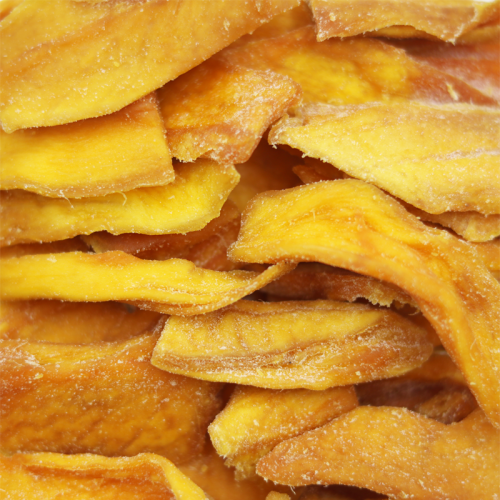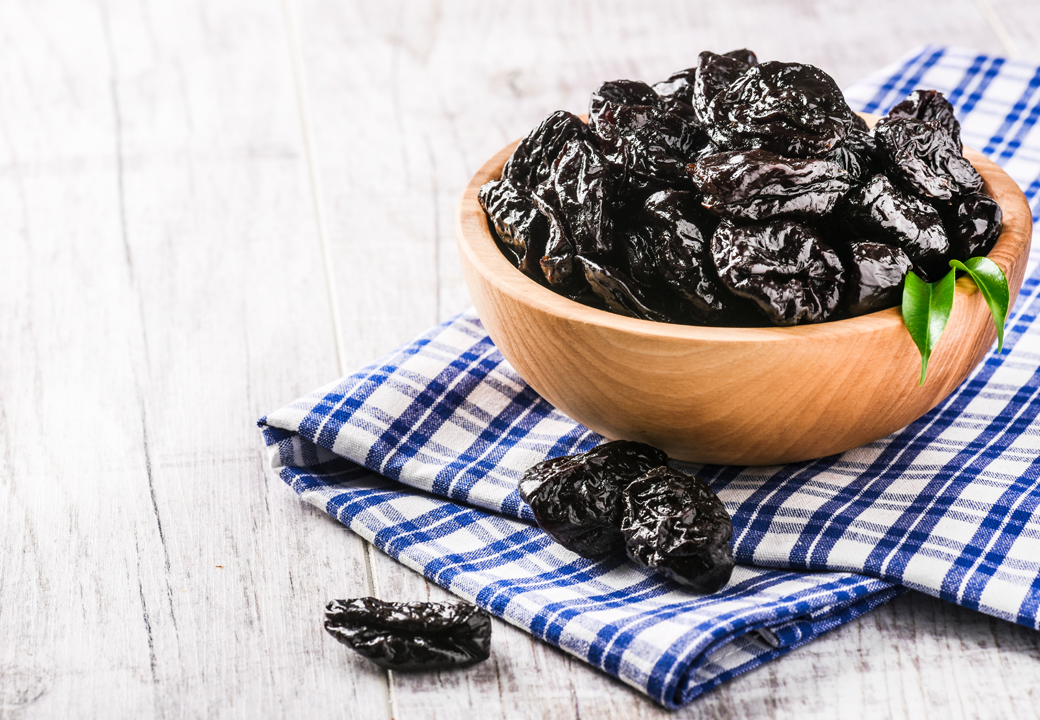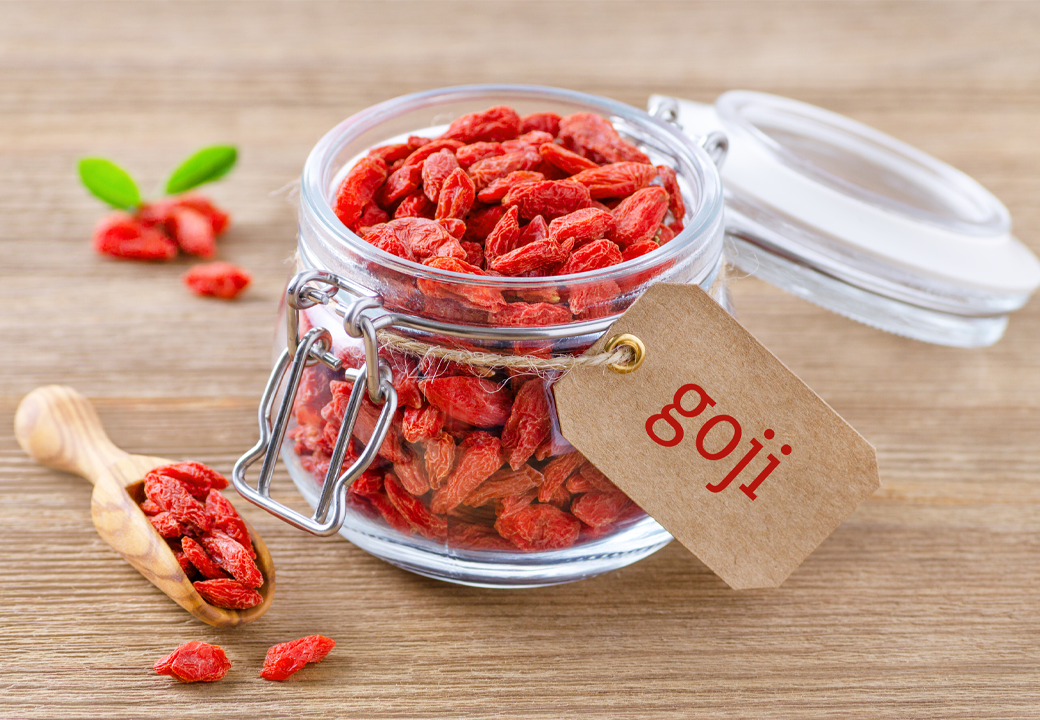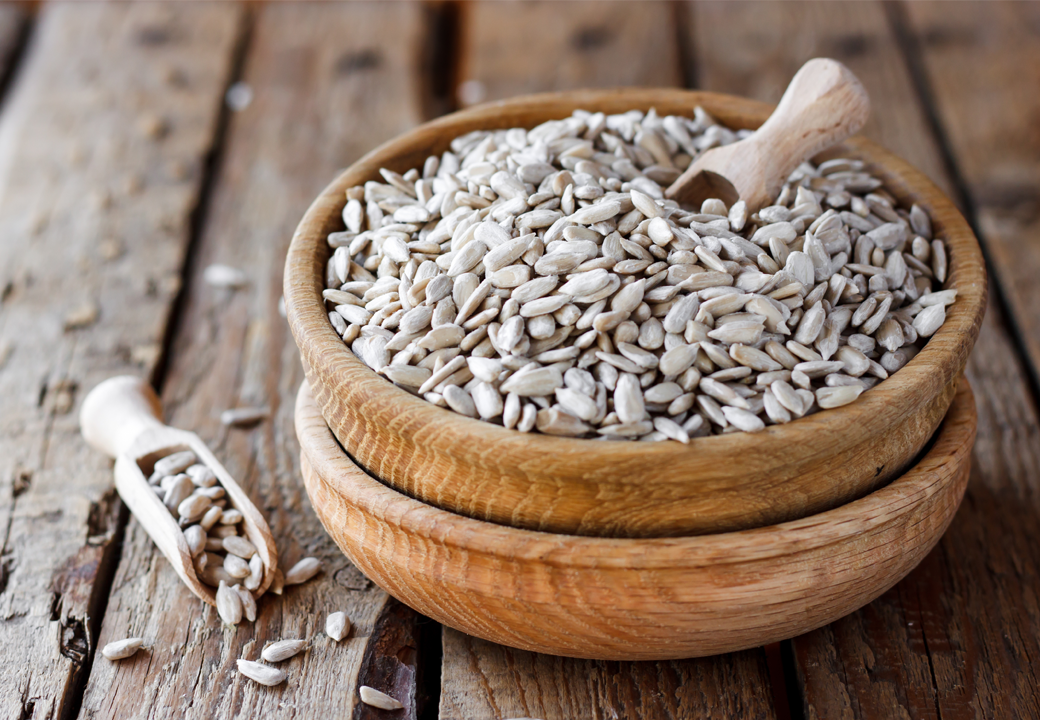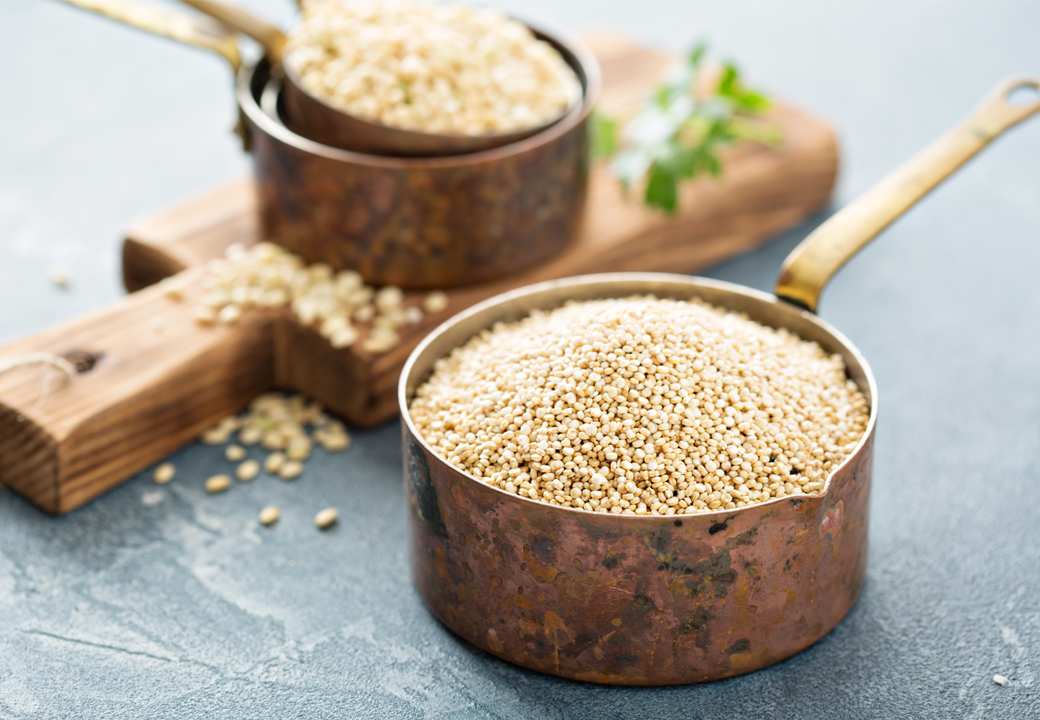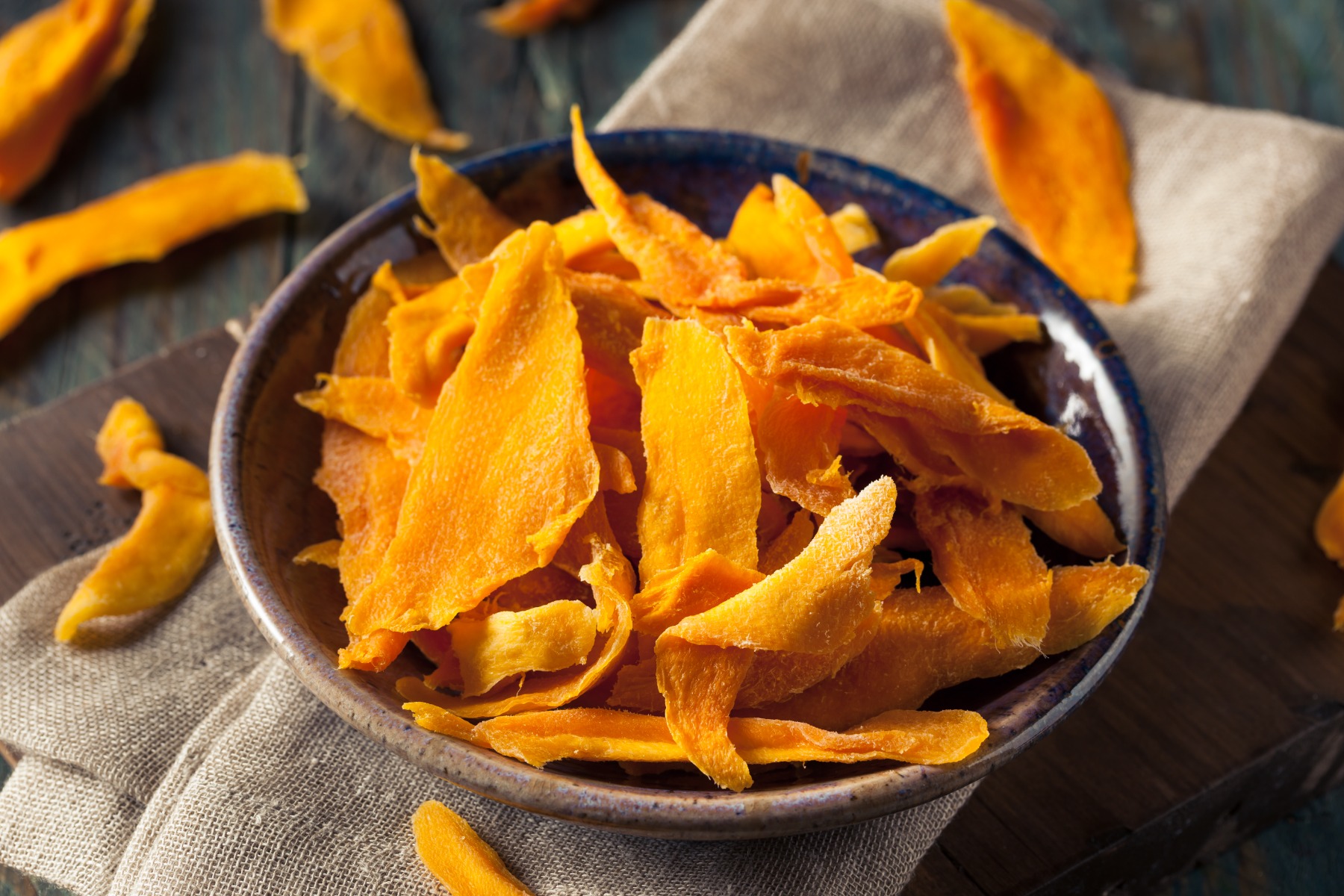
1. Where do Mangos originate from
The mango tree is a native of South Asia and has been cultivated there for thousands of years. But it has now spread around the tropical and subtropical world and is now harvested in Africa, Australia, the Americas and the Caribbean. The towering trees, which belong to the same family as the cashew, grow up to 40 metres tall and individuals have been known to go on producing fruit for 300 years. In Europe, Spain has mango orchards on the mainland and the Canary Islands.
2. India is the biggest producer of Mango
The global mango harvest now tops an astonishing 50 million tons a year. India is by far the biggest producer with almost 20 million tons being picked. But because the fruit is so popular there very little of that crop is exported. China grows almost five million tons and Thailand almost four. There are said to be 500 different varieties of mango in the world with fruit in various shades of yellow, orange, red and green. They can be round, kidney-shaped, oval and egg-shaped. Some have thick skins and some thin.
3. 500 different varieties of Mango
Outstanding for flavour is the thin-skinned variety Alphonso named after a Portuguese general and widely grown in India. Thicker skinned varieties, including Keitt and Kent, have a longer shelf-life and are more easily transported. One of the most widely produced and eaten of these is called Tommy Atkins. It has no connection with the old term for a British soldier but is named after the man who originally grew it in Florida in the 1920s, Mr. Thomas H. Atkins of Broward County.
4. Packed with vitamins and minerals
Mangos do not just taste delicious. They contain a range of vitamins and minerals as well as fibre. They are a particularly rich source of Vitamin C. A 30g mango serving contains around 15 per cent of your daily requirement for the C vitamin which is vital to the production of collagen, the framework for our skin and bone. It also helps to protect cells and is involved in making the neurotransmitters that send messages around the body. That portion also contains Vitamin E, the antioxidant which protects cell membranes and so maintains healthy skin and eyes as well as strengthening the immune system.
5. High in Folic Acid
The B Vitamins in your mango include thiamine (B1), Riboflavin (B2), Niacin (B3), Pantothenic acid (B5). It is particularly rich in Folic Acid (B9) and B6. Folic acid helps create red blood cells and is so critical to babies in the womb that the Government is currently proposing to fortify flour with it in a bid to cut birth defects. It cannot be stored in the body and so must be eaten daily. B6 helps the body use and store energy from the food we eat and also helps form haemoglobin in the blood.
6. Boosting your immune system
That orangey colour of mango fruit flesh is a glowing indication that it contains beta carotene the antioxidant which is converted into Vitamin A in the body. This helps make a mango a quality source of the vitamin that boosts the immune system and helps vision in dim light. But also, in your mango are the antioxidants lutein and zeaxanthin which are found only in the retina of the human eye and are linked with maintaining vision and may be associated with combatting age-related macular degeneration.
7. Help lower your blood pressure
Your mango also has more than a dozen of the plant-based compounds known as polyphenols which act as antioxidants. The mango minerals include potassium, magnesium, manganese and phosphorous. Potassium helps control the balance of fluids in the body and help the heart work properly and is linked with lowering blood pressure. Magnesium helps turn food into energy and plays a key role in bone health. Phosphorous is also essential for bone health. Manganese helps create and activate enzymes in the body.
8. Add Mango to your favourite dish
When it comes to eating them mangos find their way into just about every kind of dish from curries to custards, from salads to soups, from chutney to cheesecake. Of course, many of the recipes have an eastern flavour but mangos have also stepped into the most English of dishes. Mary Berry has created a Mango Knickerbocker Glory and there is even a Mango Eton Mess. And that is not to mention the mango muffin, the mango mousse or the mango smoothie.
9. Snack on Dried Mango
Mango lovers around the globe have discovered the joys of drying the fresh fruit in strips either in the sun or with a food dehydrator. They taste delicious and last for months. Grape Tree is making the ever-ready mango available with 200g packs of dried organic strips from Burkina Faso in West Africa. They are excellent for snacking but are also recommended as a naturally sweet topping for yoghurt, cereal, muesli or porridge. Any way you eat a portion it counts as one of your five a day. 10.
10. Robot mango pickers
Harvesting mangos is a very labour-intensive business since the fruits do not all ripen at the same time and need to be handled with great care. Simply cutting the stalk too short can lead to sap leaving unsightly marks on the skin of the fruit. But scientists in Australia are working on the world’s first robot mango picker. The machine has nine arms which extend to gently cup the fruit and then turn it quickly to prevent sap damage. It uses LED lights and cameras-like those used in facial recognition-to choose fruits that are ripe.
Discover our range of Mango products here
